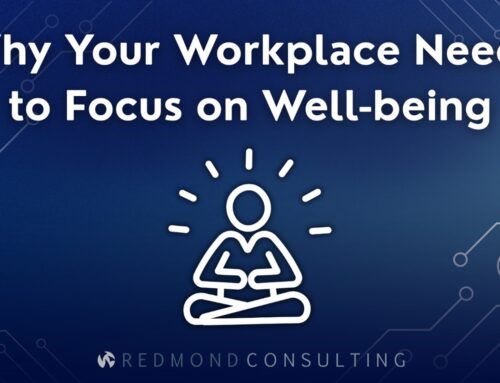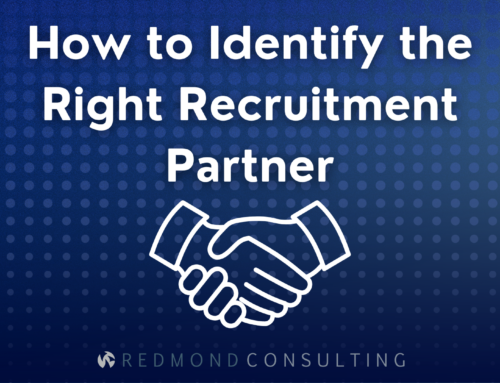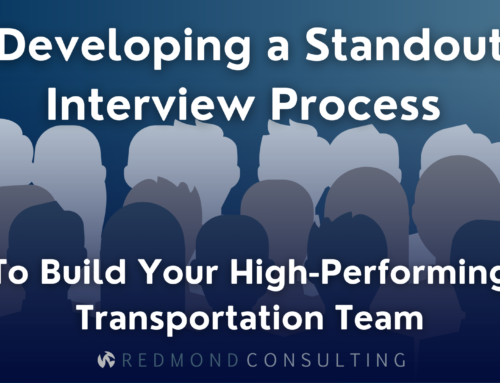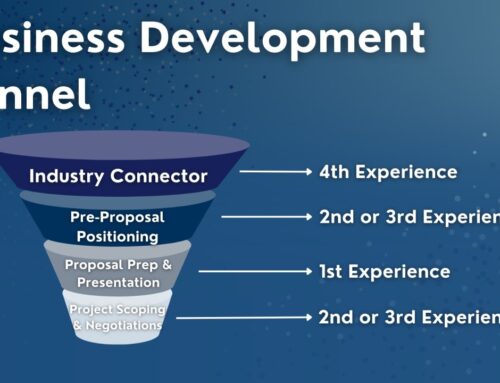Let’s face it—hiring is only half the battle. The real magic happens after the contract is signed. That’s where onboarding comes in.
In today’s fast-paced transportation landscape, you can’t afford to treat onboarding like a box-ticking exercise. We’re not talking about a quick “hello” and a PowerPoint on company policies. We’re talking about a strategic, engaging, and thoughtful process that sets your new hires up for long-term success—and saves your team from high turnover headaches down the road.
Why Onboarding Deserves Your Full Attention 👀
Good onboarding isn’t just “nice to have”—it’s a performance booster and a retention tool rolled into one. In fact, studies show that effective onboarding can improve retention by up to 82% and boost new hire productivity by 50%. That’s not just a stat—it’s a signal that onboarding has evolved from an HR formality to a key business driver.
With hybrid and remote models now a mainstay, onboarding doesn’t even have to happen in person. But whether you’re handing out laptops in the office or scheduling Slack intros across time zones, the goal is the same: make new hires feel informed, supported, and like they made the right call joining your team.
- Start with Preboarding: First Impressions Count🚀
The second a candidate says “yes,” your onboarding starts. Reach out with a warm message, introduce key team members, and share materials that give them a sense of your company’s DNA. A quick welcome email or a short video from leadership can go a long way in making your new hire feel part of the team—before day one even hits.
✅ Bonus tip: Give them a heads-up on what to expect on their first day. No one likes mystery meetings or surprise Zooms.
- Inclusion from Day One 🤝
Culture isn’t just ping-pong tables and Slack emojis—it’s about making people feel safe, seen, and included. Encourage team intros that go beyond job titles. Make space for questions. These are the kinds of small but mighty moments that build trust and loyalty.
In fact, 64% of employees say that inclusion directly affects their decision to stay in a job. Onboarding is your first chance to show that you walk the talk.
- Tailor the Experience🧩
Sure, some onboarding basics are universal (HR paperwork, tech setup, etc.), but cookie-cutter won’t cut it for the rest. Remote hires might need a virtual team lunch. Dispatchers and logistics pros might benefit from hands-on systems demos. Entry-level employees might appreciate a peer buddy system.
Ask new hires how they learn best—some might thrive with hands-on shadowing, others with bite-sized video training. The more personalized you make the journey, the faster they’ll hit their stride.
- Make It About More Than Just the First Week
Onboarding shouldn’t end once the Slack welcome messages die down. Check in regularly. Build a 30-60-90 day plan. Talk about career paths and future goals early. This shows you’re invested not just in the job they do today—but the impact they’ll make tomorrow.
New hires who see a clear growth path from the start are more likely to stick around—and stay engaged.
- Collect Feedback and Keep Improving🗣️
Not every onboarding strategy is perfect the first time around. That’s why feedback is gold. Ask new hires what worked, what didn’t, and what confused them. Use that input to refine your process, and don’t be afraid to iterate.
Also, track performance trends. If certain hires are thriving post-onboarding while others flounder, look at what they had in common—did they receive extra support? A more tailored learning plan? Insights like this help you level up both your onboarding and hiring strategies over time.
Final Thoughts 💬
A strong onboarding process doesn’t just help new hires—it helps your whole company grow. It’s your chance to show that your culture, values, and team are worth sticking around for.
And if you’re not sure where to start or how to scale an onboarding process that works for remote, hybrid, and in-office hires alike—we can help.





Leave A Comment